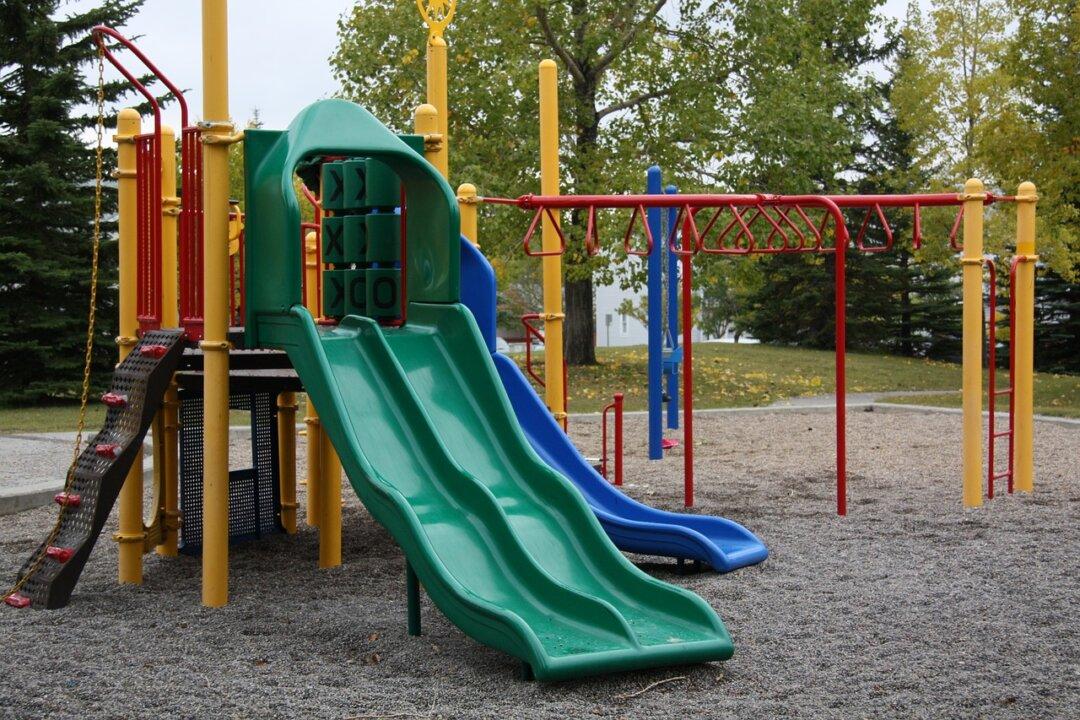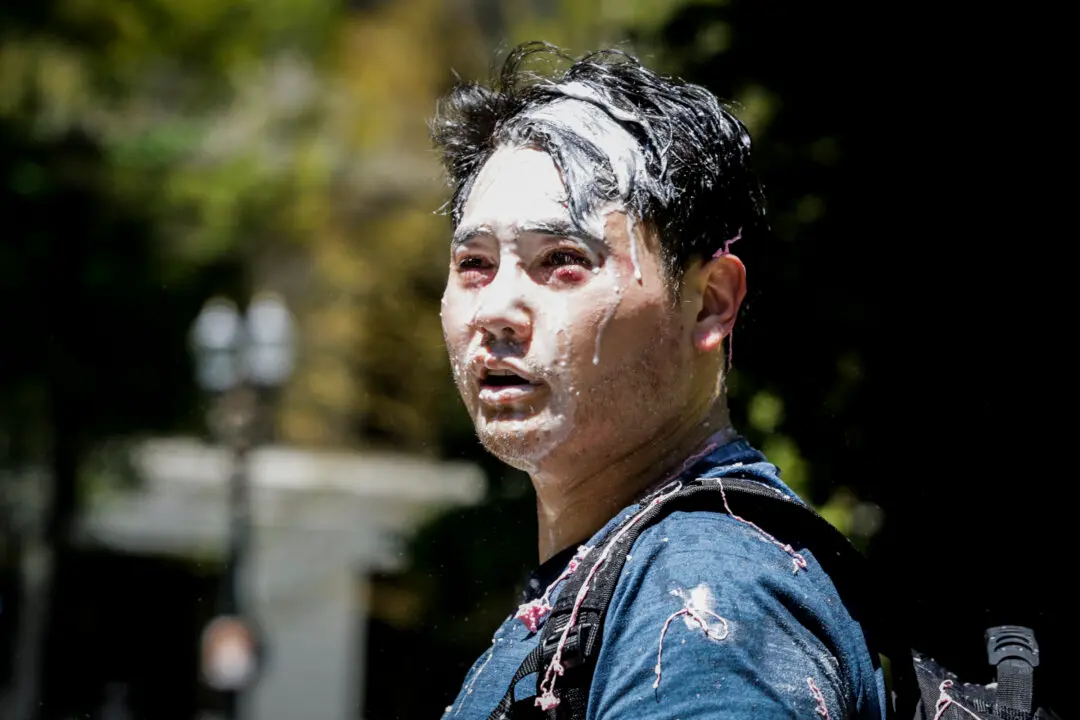A 2-year-old boy was burned after an acidic substance was poured on rides at a children’s playground in Poland, according to reports.
The young boy started screaming after playing on a slide shortly after midday in the village of Biery in Silesian Voivodeship, which is in the southern part of the country, reported The Sun.




